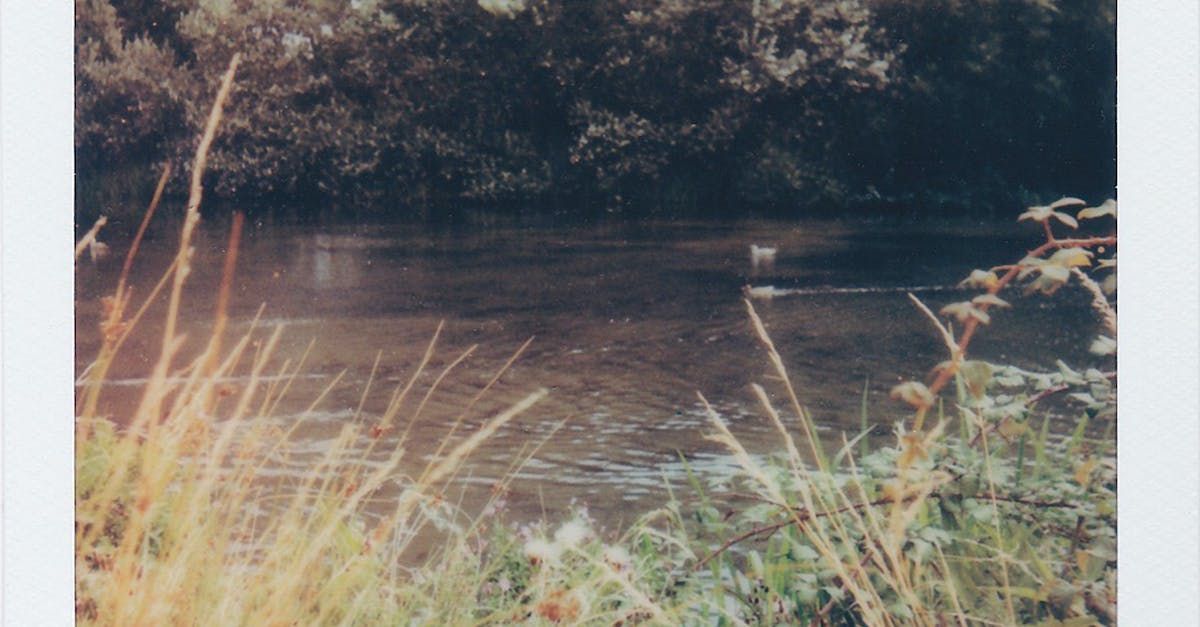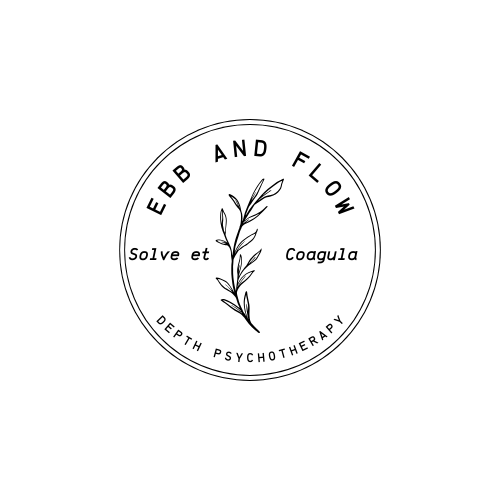Death of the Adolescent
Michael Ebbinghaus • August 18, 2023
Acknowledgment of Death Implies Richness of Life

There is much going on at Common’s Ford park today. Workers complete the repaving that was done over the weekend, and the day is especially hot. A covered bed black truck with blue and red flashing lights asks for directions to the water.
I proceed slowly, my legs heavy. I have been in my office with clients for most of the day, and am overall enjoying myself. Most days I am thrilled about my work. Common’s Ford is only a ten minute drive from the office, making it an ideal place to hang between longer breaks. I enjoy taking books, writing materials, and the occasional guitar.
As I enter my familiar spot in the trees off the banks of the river, I am greeted by a friendly striped dog. Small safety orange buoys about the size of milk cartons dot the water, patrolled by two police boats. They honk their sirens when others approach, a no wake zone. “Divers in the water” their words ring out over the megaphone.
The dog’s owner, a longtime resident of central Texas, fills me in on the scene. All the orange buoys mark obstructions in the water, fallen trees and such under which things, and people, can become trapped. He tells me about the land prior to the damming, and how his old fishing maps precisely locate each one of these orange buoys and the sedimented debris they mark.
The divers are searching for a body. There was a boat crash here the previous day. A teenage boy went overboard and could not be located. It was only as I was packing my things to return to the office that the officers closed the park; the boy was found within two or three dozen yards of where I sat.
I was thankful to be at the head of the group as we made our exodus. As I passed by I heard conversation from groups of young people, one of whom I overheard was turning 17. Probably not much older than the young man that would soon be pulled from the river. I hear one among them say “I want to see it!” The it sticks in my ear. This statement reflects many of our transparent feelings: a morbid fascination, but a reluctance to see our own face in that mirror.
"Many of us live with the fear of death, and believe it is a subject to best be avoided until it becomes most pertinent."
As I drove away what came most immediately was the thoughts of the family. My knowledge of their child’s end was very close to theirs. We were among the first to know. I thought of the sleepless night they had already endured, prayers for safety and miracle, and the undeniable presence of a nightmare that would soon become a reality.
It was not long before the experience of the deceased entered my awareness. Like his family, he had had plans for himself. I imagined he was enjoying the last days of summer vacation, with the thought that the school year was not far away. And while I of course do not know his disposition, it stands to reason that death was not an imagined possibility, that he would never make it to that first day of school an unturned stone. Many of us live with the fear of death, and believe it is a subject to best be avoided until it becomes most pertinent.
I mourned with the family with a degree of harmonic separation. I was in shock, rife with moral inventory, and grieving, over what in particular it is hard to say. There are many things in life to grieve, mourning our most powerful antidote.
Then there was his image in the river. I imagine him with hair that extends past his ears, floating and golden, his skin white with death and his eyes peacefully closed. This is, of course, a part of me. The details of the synchronicity are not pertinent here – suffice it to say that the timing was flawless. Death of the adolescent is an important part of human development, one that allows one’s True Adult and Elderhood to emerge.
This is, of course, the myth of Narcissus, the young man who fell in love with his reflection and died near the banks of the river, a flower growing from him. His opportunity is in the image he sees in the water; he catches a glimpse of the totality of which he is a part. His tragedy is that he confuses that image for the totality itself. He cannot yield from his own reflection, as it is the source of his identity. He does not realize his role is to honor both the reflection and what it symbolizes, and to more and more root his identity in the latter.
"I imagine him with hair that extends past his ears, floating and golden, his skin white with death and his eyes peacefully closed."
This is what Swiss psychologist Carl Jung referred to as individuation, what all cultures have always known on a deep level as the cycle of death and rebirth, and in Ken Wilber’s integral framework: waking up, growing up, and showing up. In a magnificent work by Nathan Schwartz-Salant (1979), he explores the myth of Narcissus and its application to healthy human development. Rather than regard it as a cautionary tale of self-infatuation, it sees Narcissus' acknowledgment of what he glimpses in his reflection as something transcendent and ever-evolving. His error and his demise are precipitated by his confusion of the reflection for the totality itself, an error perpetuated throughout our culture to our great detriment. But the adolescent will die (and be reborn) in one way or another.
The death of the adolescent means many things, but chief among them we can identify a greater source of internal validation, one that is not based upon image, group identity or participation, or the attainment of socially cherished ideals. It does not require us to throw out the adolescent, in fact doing so is a tremendous blow to spontaneity and vitality. It merely asks that we begin to uproot that as our foundation, so that we can follow a fountain of Truth that is sourced from within, one that we are ultimately and benevolently subservient to. We are asked to examine the ways in which we abdicate responsibility in favor of adolescent and childish behavior, all while embracing the ferocity and friendliness of the adolescent.
These parts of ourselves, when killed, tend to reemerge transformed.
Before I deviate too far from the tragedy of the boy who lost his life, I’ll simply say this. That someone I do not know or could not identify could have such an impact on me is a testament to how deeply interconnected we are. That particular bite that the young man’s words had: “I want to see it!” could barely dull the bells for a moment. I have witnessed a part of my own Self die, now in the process of rebirthing.
We can turn our thoughts now upon those most directly affected by this sudden intervention of death’s omnipresent hand. His parents, any siblings and friends he leaves behind, will all be going through grief, these events now a primary part of their stories, their identities.. I pray that they are in a place where they can mourn properly, where death is not glossed over with glimmering promises, where its premise of unconditional surrender is understood and appreciated. I hope they are surrounded by a community who will support them. To whomever this young man was, I say thank you for your life. I pray Kharon offers you safe passage into the next stage of the journey.


